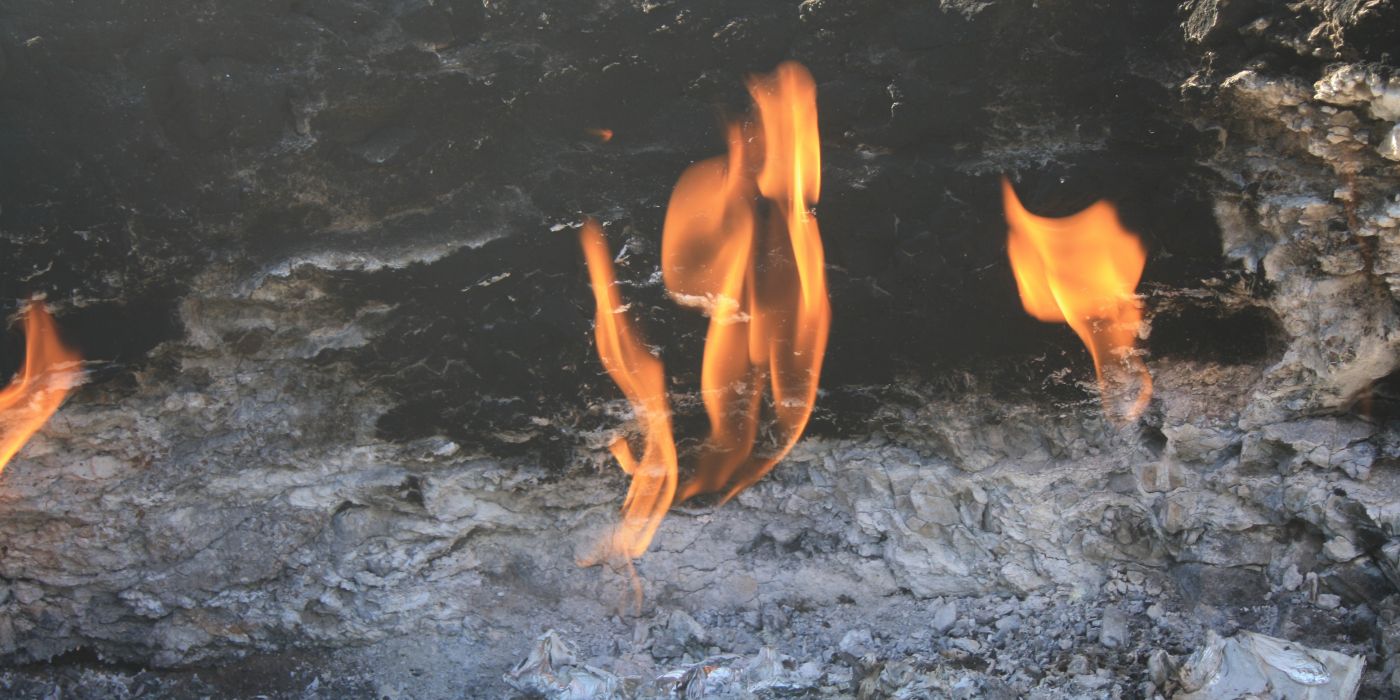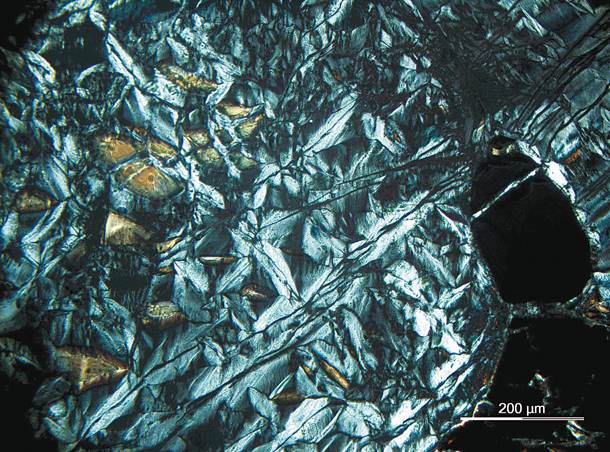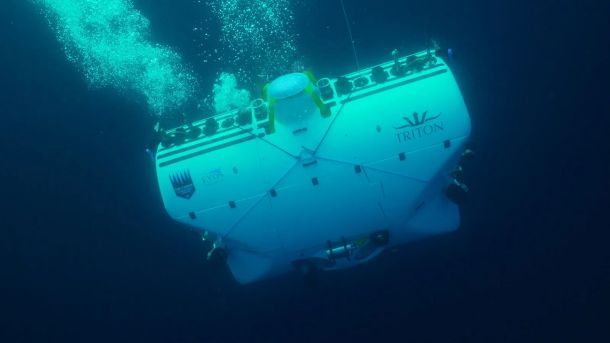
The pioneering work of the American mineralogist, T. P. Thayez, in 1966, formed the basis for subsequent research groups, which dealt with the issue of methane production from rocks by abiotic processes. A story of enormous scientific interest, as it can contribute to the understanding of the processes that led to the creation of life on the planet...
Somewhere between the villages of Archanio and Ekkara, in the area of Mount Othryos in the Prefecture of Fthiotida, a research team recently discovered "leaks of abiotic methane".
Its difference from "common" methane was verified with the help of advanced techniques and based on measurements of isotopic changes of carbon and hydrogen.
Evidence for the presence of abiotic methane in large quantities first existed in the atmosphere of the planet Mars.
Importantly, until a few years ago methane CH4, which is one of the main components of natural gas and a gas that contributes to the "greenhouse effect", was thought to be a product of direct or indirect biological activity (eg, decay organisms, light hydrocarbon fractions).
"In recent years it has been found that methane can also be produced by abiotic factors: non-biological origin. The result of processes that develop in the rocks, without the participation of the biological agent". Specifically, it was found that methane "can be produced through chemical reactions that occur during the formation of rocks called serpentinites."
Dr. George Papatheodorou, Professor of Oceanography at the University of Patras, tells us about the importance of the results of the research that is being carried out by the group in which he participates: "The area of Othrios is the fifth place in the world where the escape of abiotic methane has been discovered, after the Philippines, the Oman, New Zealand and Turkey. In Greece, we took the research one step further. We observed under the microscope minerals called olivine and pyroxene that break down, giving products that justify the production of methane.

Apparently abiotic methane, being the gas that it is, escapes from the pores of the rocks, so it is not present under microscopic observation. But the products that form with it were found."
Associate professor Vassilis Tsikouras argues that "the way of formation of abiotic methane has not yet been fully clarified. Two main views seem to prevail: either during the formation of the serpentinites hydrogen and carbon dioxide are initially produced, which then react with each other and produce methane, or methane is directly produced by the effect of carbon dioxide on these rocks".
It is possible that the production of abiotic methane contributes in part to the formation of hydrocarbons, as it also belongs to the same chemical family. Today the Curiosity rover on Mars is collecting information and data on the presence of abiotic methane in the planet's atmosphere. There are serious indications of its presence in other planets or satellites of our solar system, such as Titan, the largest satellite of Saturn, on the surface of which the presence of large "lakes" of hydrocarbons is also suspected.
For the last ten years, the Laboratory of Marine Geology and Physical Oceanography, with George Papatheodorou, Vassilis Tsikouras, Stavroula Kordella, Eleni Yfanti, Dimitris Christodoulou, in collaboration with the researcher Giuseppe Etiope, systematically studies the escape of fluids (gases and liquids) from the sea -lake seabed and from the terrestrial environment.
Giusepppe Etiope, from the INGV Institute in Italy, is a deep expert on gas leaks and his participation in the research is crucial. Locating abiotic methane escape sites has been the goal of the research team for the past three years. Vassilis Tsikouras with his experience and his partner Eleni Yfantis came to complete the group that was taken to Ekkara and Archanio.
The largest abiotic methane escape site is in Chimera, Turkey, where the flames never go out.
"Abiotic methane," says Professor Giorgos Papatheodorou, "is likely to be the key to the question of the creation of life on planet Earth, since an organic compound is formed from inorganic materials - which are serpentinite rocks...".
Abiotic methane research is still in its early stages and "undoubtedly has a long future."
Article on Web
Latest Posts

Alarming pollution levels found in Mediterranean depths

"Why are the Posidonia meadows so valuable for our seas?": Article in LIFO
